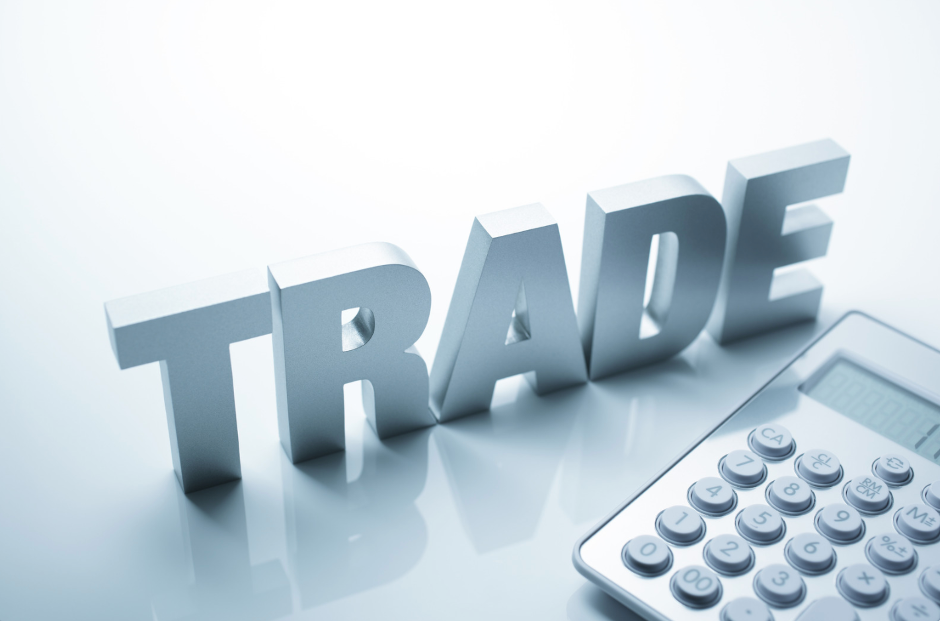Commodity trading software (risk management) or CTRM, transaction, and risk management software is specialized software used by organizations to manage everything to do with the buying, selling, moving, and delivering of commodities like grains, metal, oil, electricity, and more. As these commodities are usually traded on platforms like a stock exchange, their values are known to fluctuate, which is why the companies dealing in them require assistance in managing the risk of losing money. This is where CTRM comes in; commodity trading, transaction, and risk management software is used by procurement professionals who have to purchase raw materials and other commodities their particular businesses require to operate.
Therefore, CTRM essentially helps a company plan for when to buy or sell any commodity. In addition to that, CTRM helps track commodity pricing, and the volumes of the commodities processed. Commodity trading software can be integrated with existing systems to drive various aspects of trading: for instance, CTRM merged with previously used accounting software and ERP (enterprise resource planning) systems can help manage the financial bits, and CTRM integration with supply chain management apparatus can help track the demand for commodities and stay updated regarding the condition of the inventory.
What Renders Commodity Trading Software a Necessity?
With the regulatory environment of today and with the marketplace continuously changing, it has become a must for the act of managing commodity supply and trading activities to be supported by CTRM systems with robust position/exposure reporting abilities. CTRM software can be used for a wide and varied range of asset classes, including energy, agriculture, and metals, as mentioned above.

Many commodities companies choose ERPs for commodity management as well. The primary reason for this is that since many ERP vendors are already well-established and trusted companies (such as Oracle), it is perhaps easier to place your faith in them. However, almost all of these attempts prove to be unsuccessful:
- Firstly, ERP in commodity management actually would be significantly more costly than CTRM, and
- Even if it’s deployed, the highly customized system becomes implausible to upgrade or enhance, and quite expensive to maintain.
- Some companies even try out commodity management with spreadsheets, but they are vulnerable to human errors, time-consuming to maintain, and above all they are not built to deliver comprehensive reports with the data entered.
On the other hand, CTRM systems were developed specifically to address the needs of commodity trading and risk management, therefore they tend to capture all the nuances involved in commodity trading.
- With the right commodity trading, transaction, and risk management software for your business, you can manage planning and scheduling, physical trades, procurement, accounting, positions, derivative trades, mark to market, origination, logistics, risk management, and more, all with one system and in real time.
- With CTRM software, you can stay assured regarding the accuracy of the data entered, no time is wasted, and you can get timely and even on-demand reports.
The specific CTRM solutions that should be used in your business may vary based upon factors such as which commodities your company is dealing in, which assets are deployed in the business activities, where said assets are located, and your company’s business strategy and associated business procedures and partners.
10 Tips for Selecting and Adopting the Right CTRM Software for Your Business:
- Outline Your Organizational Strategy: Start with replacing spreadsheets. Take the time to achieve corporate governance, meet both investor and bank expectations, and plan for risk reduction.
- Know Your Business Ecosystem and Processes: This will obviously help you realize what you are looking for in your CTRM software.
- Identify Pain Points: Make sure to test-run any critical scenarios in inventory, logistics, and other such aspects of your business.
- SaaS (Software as a Service) Cloud Technology is Your Best Bet: SaaS will surely prove better than on-premise solutions in this case.
- Understand Your Costs and Prepare Budget: The complexity of your particular use case and relevant costs, integration expenses, and more are to be considered.
- Ensure the Solution is Scalable and Flexible: Your CTRM solution should grow with your company.
- Expect Instant Upgrades: SaaS cloud is always up-to-date and should not require any disruptive installations.
- Measure the ROI or Return-on-Investment: Justify the investment through increased revenue opportunities, increased savings, improved productivity, reduced risks, enhanced data integrity, and better decision-making.
- Make Sure it Provides Compliance for Today’s Regulations: This should be one of your priorities.
- Internal Education: Ensure there is adequate support and training among your front and back office teams for them to fully leverage a system.
And there you have it, 10 tips that will help you select a CTRM software for your business and ensure you can ideally adopt it. At Robosoft, we have years of experience supporting multiple commodity traders optimize their supply chain and overall business efficiency with our commodity trading software. You can contact us today to learn more about the services we offer!
